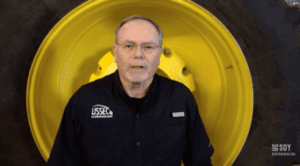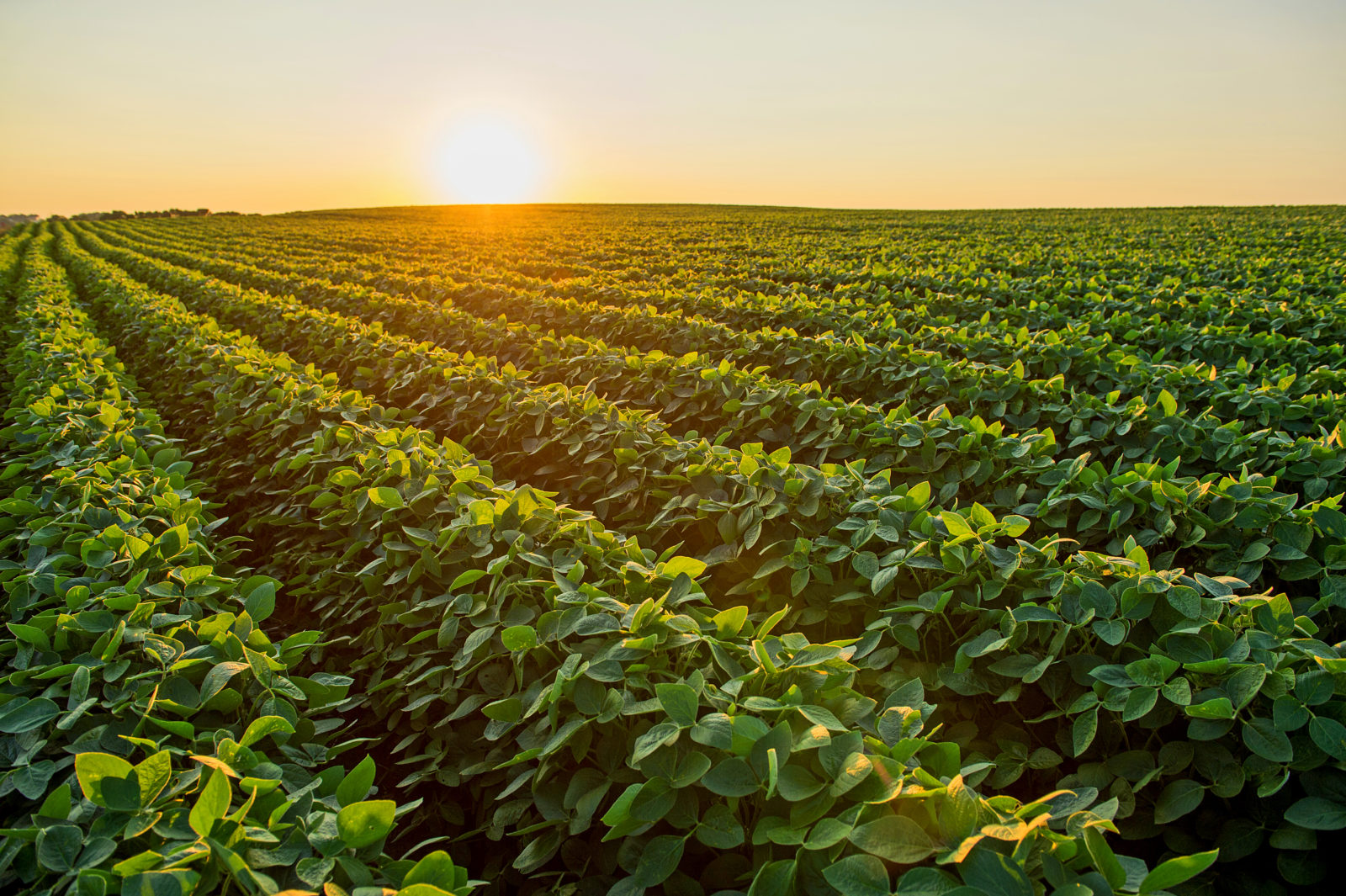While U.S. farms are located in rural areas, the days when U.S. soybean growers were isolated in how they communicated are long gone. Communicating your message is always a balancing act that traditionally requires many in agriculture to rely upon face-to-face interactions. These days, however, virtual communications make it possible for farmers to effortlessly reach out to their customers from any place at any time, even during the COVID-19 pandemic.
On April 14 and 15, the U.S. Soybean Export Council (USSEC) hosted The U.S. Soy Connection: Global Digital Conference and Situation Report to sustain and grow relationships between U.S. soybean farmers and their international customers. More than 1600 global customers and soybean industry representatives from 84 countries attended the two-day virtual event.
USSEC chairman and American Soybean Association (ASA) director Monte Peterson, a soybean farmer from North Dakota, welcomed participants, reiterating, “U.S. soybean farmers greatly value the relationships we have with you, our partners. 60% of the soy grown in the U.S. is exported to international markets.”
Producing High Quality, Sustainable Soy
Peterson assured customers that despite global uncertainty, his farm’s commitment “to producing safe and reliable soy has never wavered.”

He went on to explain that U.S. soybean farmers are continuing to produce a “high quality sustainable and reliable crop, and our soybean value chain is working diligently to ensure that exports continue to flow through the system and to our customers.”
Arkansas farmer Derek Haigwood, immediate past USSEC chairman and a director for the United Soybean Board (USB), echoed Peterson’s commitment, reminding customers of the sustainability of U.S. Soy. “The U.S. farmer will put in a crop…sustainably using the latest, greatest technology that farmers have access to.”

“We are looking forward to producing another excellent quality crop in 2020,” says Brian Kemp, an Iowa farmer and director for USSEC and ASA. “My fellow producers and I have purchased our seed: our high quality, high yielding seed. We’re ready to get out with the planter and get it in the ground. We will spend the summer monitoring insect problems, disease problems, any pests. We will strive to get out on the combines and harvest a very high-quality crop in a timely manner and there will be an ample supply of soybeans for export, in the Fall of 2020.”
“The soybean quality that we produce here on our farm is probably second to none,” says Joel Schreurs, who farms in Minnesota and serves on both the USSEC and ASA boards. “We’re very particular on how we raise our crop and how we produce that crop so that the end-user wants to keep buying from us.”
Effects of COVID-19
Like most areas, rural America is not immune to the novel coronavirus, however, U.S. soybean farmers say they are prepared to respond.
“Most farming operations typically have one person that does a specific job, but…most people are cross-trained [and] available to run the different equipment,” Schreurs explains.
“We have a warehouse here that we’re getting shipments in on a weekly basis,” says Haigwood.

“And that way we’re not having to go into town, we’re not having to go to the co-op or the seed dealership or the chemical dealership to purchase these chemicals and seed…we’ll just make sure that we do as much social distancing as we can, put them on that tractor, they’ll be miles away from everyone. We’ll have a system in place where we can stop, fill up tractors with seed, fill up spray rigs, and keep this planning process rolling, it’s the best that we know how.”
“I sense the whole farming community is very cautious at this point in time,” Kemp adds.
“It would be disastrous to many of us to get quarantined during planting season. And we’re all very careful that we don’t expose ourselves any more than we have to.”
Continued Dedication to Customers

“I think my best communication to our trading partners would be that we’re dedicated,” states Doug Winter, USSEC vice-chairman, and USB director, who farms soybeans in Illinois. “American farmers are dedicated to providing the highest quality and the most dependable supply of soy to all of our business partners, and to be responsive to their needs, in what they see coming, what they need … to be able to use in their particular operations, whether it’s feed mills in their livestock operation, whatever…everyone out here is pretty optimistic about getting started and getting off to a good start with this year’s crop, and being able to get it in the ground, and get it growing, and to provide the best quality product that we can for our business partners around the world.”

Schreurs echoes a similar sentiment shared by U.S. soybean farmers, regardless of state or region of the country. All of these growers know that farming is a commitment. “It’s probably the hardest job you’ll ever love,” he says.
“We have this technology, this capability to still communicate, we want to communicate, we want you to know that we have not slowed down. We’ve only changed the way that we’re doing business as far as using this technology that’s available,” says Haigwood.
“The value of our partnerships is immeasurable. It’s something that helps differentiate the U.S. Soy advantage to our customers,” summarizes Peterson. “To me, it’s clear that collaboration is the best way to make things happen. That’s true whether you’re working with your peers on the next farm over or on another continent. And as we move ahead into 2020 and beyond, it is U.S. Soy’s goal to strengthen partnerships and remain a consistent supplier to your industry and your customers.”
